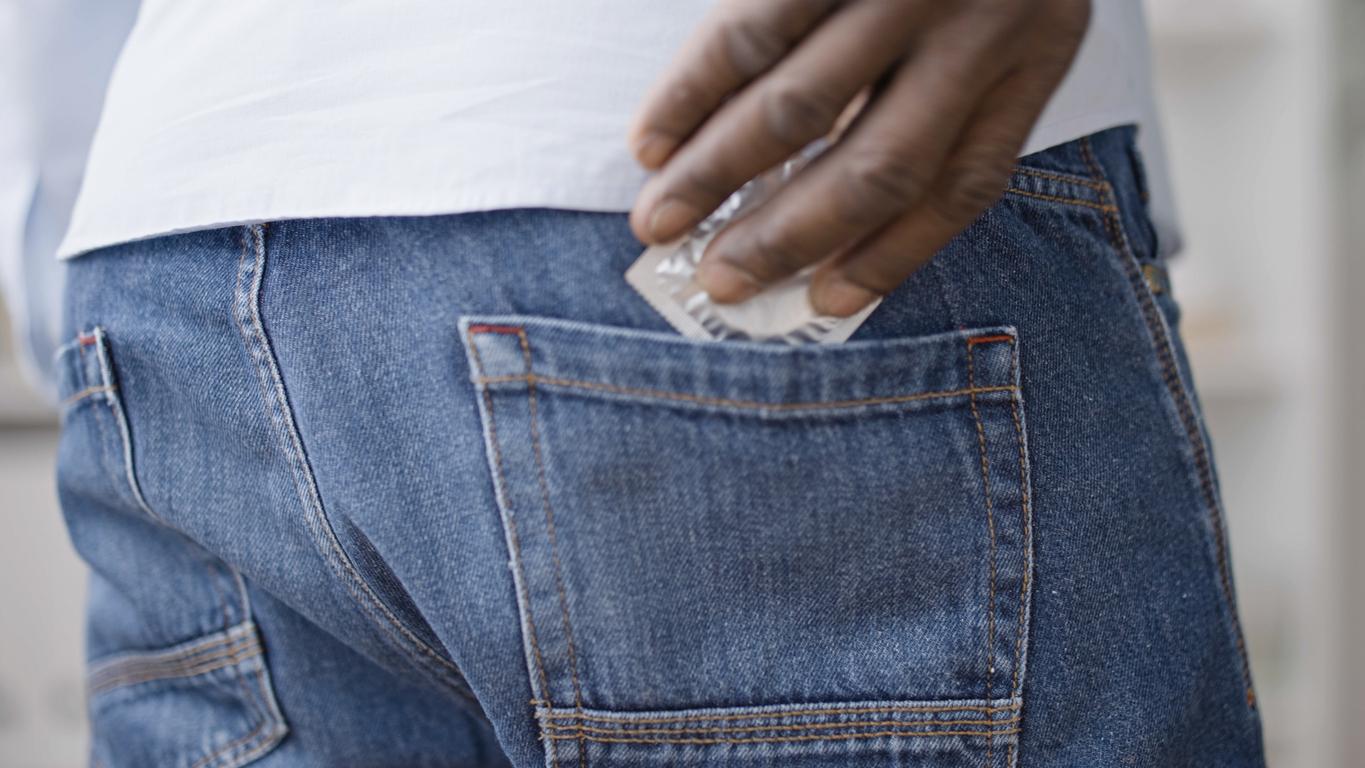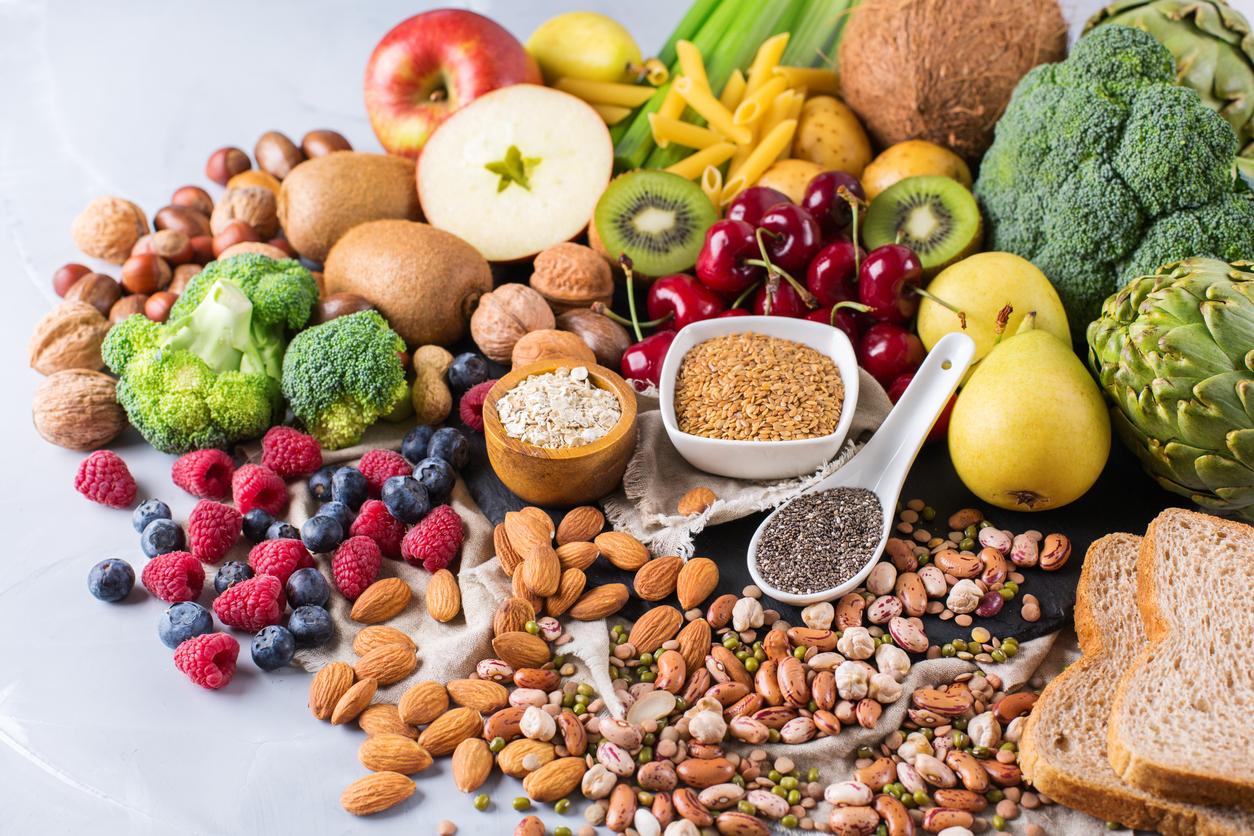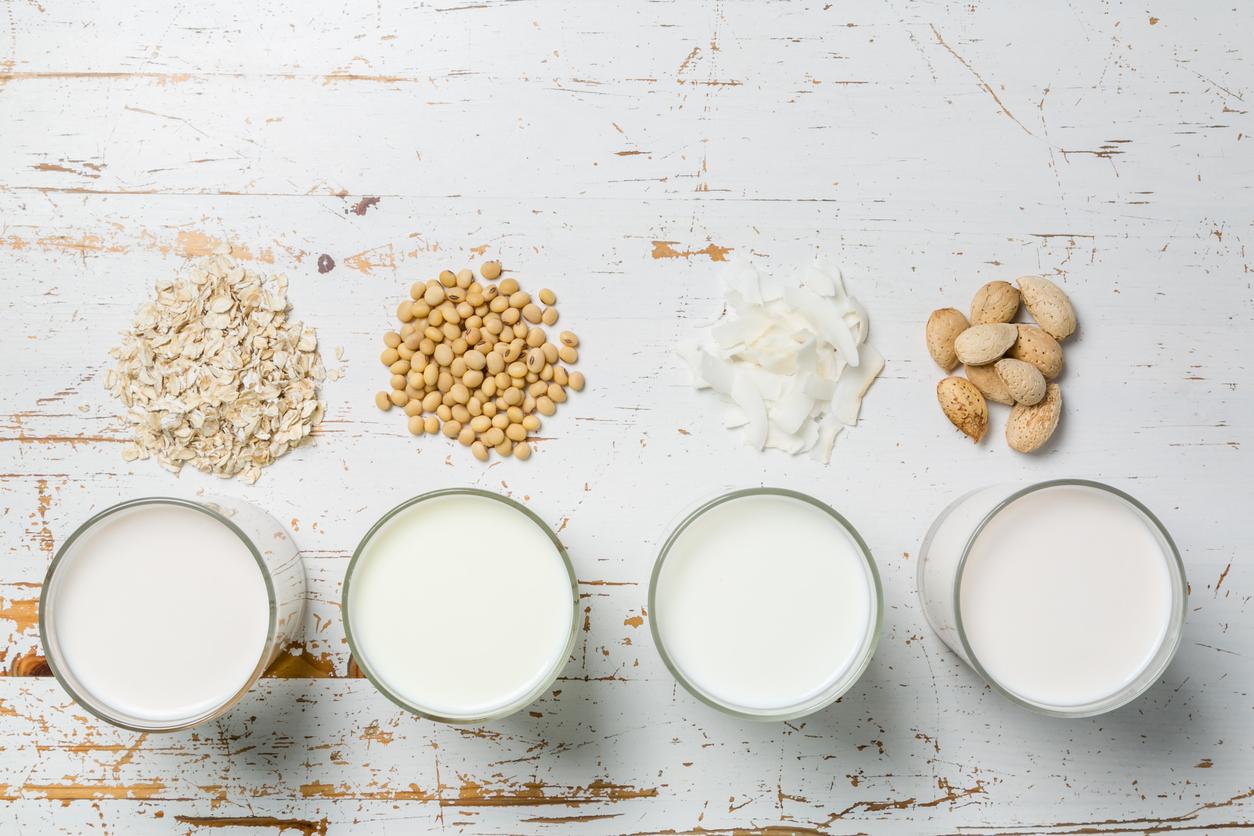More and more brands are developing ranges of vegan and gluten-free condoms, that is to say made 100% vegetable.

The veganism cause invites itself under the duvet. Few know it, but the original composition of conventional condoms requires casein, a protein obtained by curdling milk. For vegan people, committed against any type of consumption involving animals (meat, fish, eggs, wool, silk, leather, etc.), using this type of condom was unthinkable. Brands have therefore started to market vegan, gluten-free condoms for a more “responsible” sexuality.
The “ethical” condom
Since 2007, the Glyde brand has been manufacturing condoms free from animal substances and replacing casein with charcoal extract. Certified since 2006 by the Vegan Society, they are made in Malaysia and marketed in Europe, North America, Australia and Asia. “To convert latex milk into a condom, you have to carry out different manufacturing steps. (…) One of the additives used by most producers as a tool for processing the raw material is casein. In the condom finished there is none of that – but despite that, these condoms can no longer be considered vegan “, explains the site of the brand to justify its initiative. By using charcoal, the production cost is more expensive, which explains the sometimes higher purchase price of a box of vegan condoms.
The eco-friendly hood
The German brand Fair Squared has also developed a range of 100% vegetable latex condoms, made with rubber from a fair trade plantation, located in the Tamil Nadu region of India. “Our condoms are also certified by the Vegan Society, because we do not use casein powder for their production”, specifies the sign on his website.
Tested electronically (and not on animals), condoms are also compostable and comply with European standards as evidenced by the CE label. “We respect the ecosystem in the regions of the plantation. We take care to preserve nature”, can one read on the box. The brand, which ensures that its new products “are NATRUE, PeTA, Vegan Society and Halal certified” dedicate part of its profits to tree planting.
The hood made from animal guts
For the record, the condom has been around for millennia. In 1500 BC for example, the king of Crete Minos would have used goat bladder bags to protect himself. Some paintings discovered in the caves of Combarelles (France) and dating from 100-200 AD testify to the use of condoms in Europe. In the 18th century, the condom was made from animal guts and gained notoriety, in particular thanks to its contraceptive properties. It was then marketed in many shops in 1766, accompanied by information sheets.
Today, the condom is the only effective bulwark against the transmission of sexually transmitted diseases and infections. In 2015, 856 condoms were manufactured and sold worldwide every second, or about 27 billion (4.6 billion in sales).

.

















